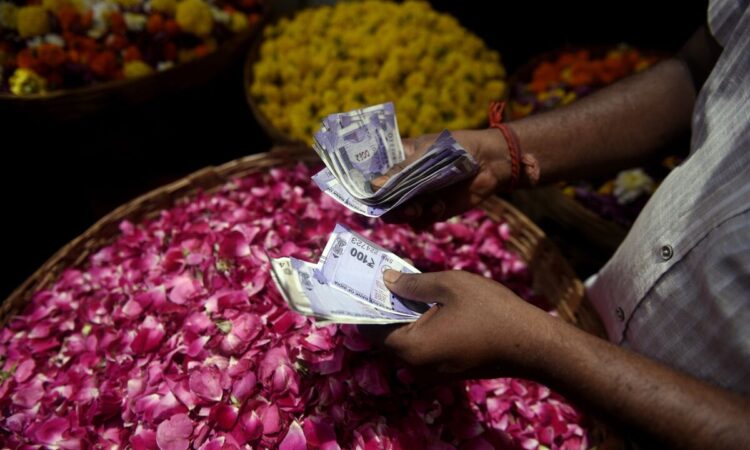
The Indian rupee has gone from being one of Asia’s most volatile currencies to among its most stable in the span of a decade. The turnaround reflects India’s growing economic heft and the central bank’s interventions to manage the rupee’s wild swings. With Indian bonds set to join an important global index this week, the currency’s stability couldn’t have come at a better time, burnishing the appeal of Indian assets for investors. Too much volatility makes it tough for businesses and investors as it could add to their costs. Here’s a deeper look at how the rupee’s fortunes have been transformed:
About a decade ago, India’s inflation rate was around 10% — stoked in part by the government’s decision to spend its way out of an economic slump that followed the global financial crisis — and crude oil, a key import, was trading at more than $100 a barrel. Frustration over political scandals and policy paralysis threatened to derail India’s economic growth and its image as an investment destination. It all made for a toxic mix for investors, at just the wrong time, as the Federal Reserve’s plan to reduce bond purchases in 2013 shook emerging markets. The prospect of Treasury yields moving higher brought a flood of investor cash out of developing countries like India back to the US at the time. The result was declining foreign-exchange reserves and a weaker local currency, placing India among the “Fragile Five” economies.

